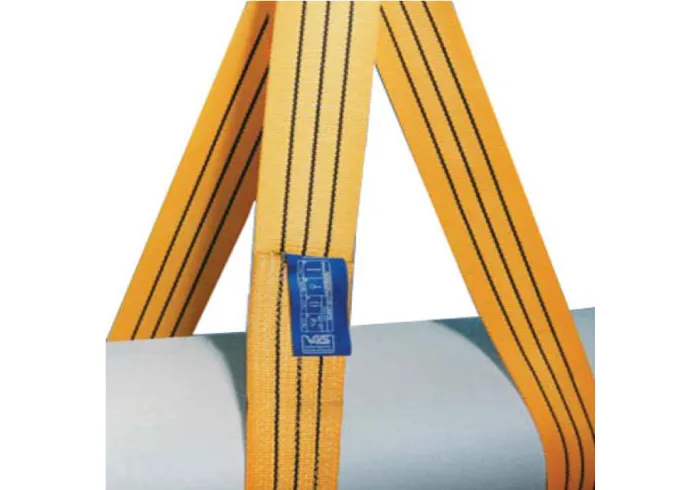Advanced Digital Sewing Machines for Precision Pattern Creation and Enhanced Fabric Crafting Skills
The Evolution of Computerized Pattern Sewing Machines
In recent years, the realm of sewing has witnessed a transformative shift with the advent of computerized pattern sewing machines
. Combining the traditional art of sewing with modern technology, these machines have revolutionized the crafting and apparel industries, making complex designs accessible to both amateur and professional sewers alike.Computerized pattern sewing machines are equipped with advanced features that enhance usability, precision, and creativity. These machines typically come with built-in microprocessors that control the sewing process, allowing users to select from a plethora of stitch patterns, embroidery designs, and quilting options. Users can easily navigate through settings using a user-friendly interface, often presented as a touchscreen display. This intuitive interaction simplifies the sewing process, significantly reducing the learning curve for beginners while giving experienced sewers the freedom to explore intricate patterns and designs.
One of the major advantages of computerized sewing machines is their ability to save and reproduce custom patterns. Users can create their own designs and program the machine to stitch them repeatedly. This feature is particularly beneficial for businesses that require uniform designs, such as custom apparel manufacturers or quilting enterprises. The ability to store and recall patterns not only increases efficiency but also ensures consistent quality across multiple projects.
Moreover, computerized sewing machines often include a variety of automatic features that enhance the sewing experience. Automatic needle threading, thread tension adjustment, and buttonhole creation are just a few examples of how technology simplifies the sewing process. These automated functions eliminate common frustrations associated with manual sewing, allowing users to focus more on creativity rather than the technicalities of the sewing process.
computerized pattern sewing machine

An essential aspect of modern computerized sewing machines is their compatibility with design software. Many machines can connect to computers or mobile devices, enabling users to import and manipulate designs directly. This digital flexibility empowers sewers to experiment with color, size, and stitch techniques, resulting in unique creations that reflect personal style. Additionally, many manufacturers offer design libraries that allow users to download and expand their repertoire of patterns, promoting continuous learning and exploration in the craft.
Sustainability has also emerged as a significant consideration in the sewing community. Computerized sewing machines can support sustainable practices by enabling users to create their own clothing and home goods, thereby reducing dependence on fast fashion. By making it easier to produce high-quality items at home, sewers can curate their own wardrobes and reduce waste, aligning their practices with environmentally friendly initiatives.
However, as with any technological advancement, there are challenges to consider. The initial investment in a high-quality computerized sewing machine can be substantial, potentially limiting access for hobbyists on a tight budget. Additionally, reliance on technology can sometimes lead to frustration if the machine malfunctions or if users encounter issues with software integration.
Despite these challenges, the benefits of computerized pattern sewing machines far outweigh the drawbacks. They embody a harmonious blending of craftsmanship and technology, allowing for enhanced creativity, efficiency, and sustainability in sewing practices. As these machines continue to evolve, the sewing community is likely to see even more innovative features that push the boundaries of design and fabrication.
In conclusion, computerized pattern sewing machines represent a significant leap forward in the sewing industry. They democratize the art of sewing, making it more accessible for enthusiasts at all skill levels. As technology advances, these machines will continue to shape the future of sewing, empowering individuals to express their creativity through fabric. Whether for personal use or professional endeavors, computerized sewing machines are erasing the boundaries of traditional sewing and opening up a world of possibilities for makers everywhere.
-
Leather Sewing Machine: The Industrial Standard for Tough MaterialsNewsJul.18,2025
-
Sail Making Machine: Heavy-Duty Stitching for Industrial and Marine NeedsNewsJul.18,2025
-
Sling Sewing Machine: The Backbone of Heavy-Duty FabricationNewsJul.18,2025
-
Leather Sewing Machine: Precision for Heavy-Duty StitchingNewsJul.18,2025
-
Big Bag Sewing Machine: Powering the Future of Bulk PackagingNewsJul.18,2025
-
FIBC Sewing Machine: Essential Equipment for Bulk Bag ProductionNewsJul.18,2025
-
Heavy Duty Leather Sewing Machine: A Must-Have for Professional LeatherworkNewsMay.28,2025





























